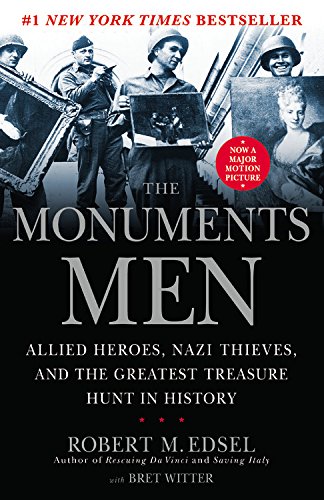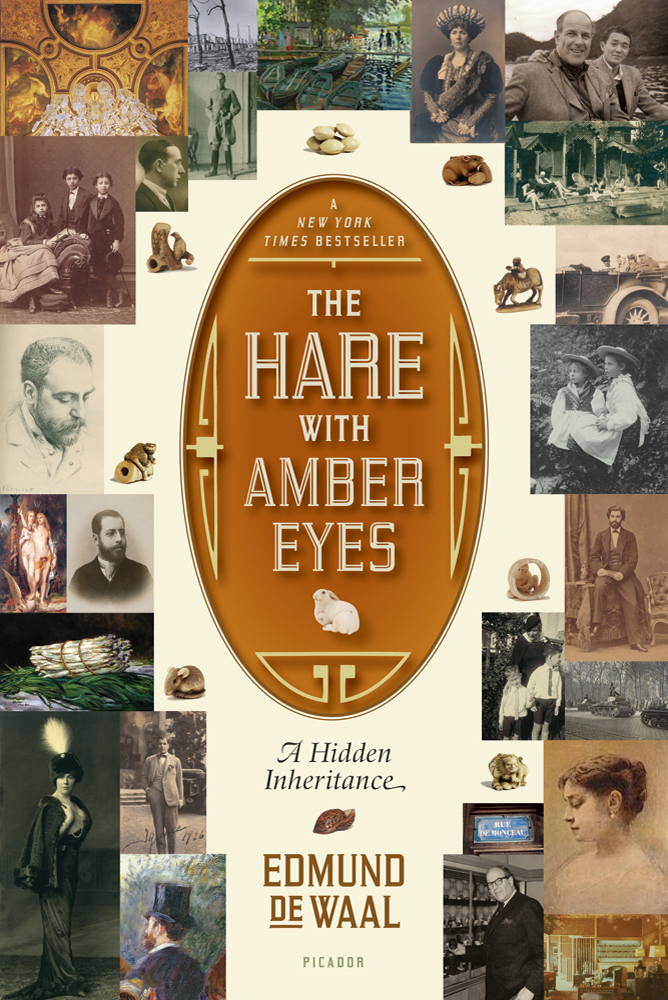The Nazis famously confiscated and burned books they deemed subversive — but they also collected many of these “degenerate” works, as well as books that were worth a fortune. Swedish journalist Anders Rydell documents the regime’s pillaging, and follows new efforts to return the volumes to their rightful owners in his nonfiction work The Book Thieves, out this month in the U.S.
Books of course weren’t the only items Nazis stole. Hitler’s regime looted art, tchotchkes, furniture, anything of value — and the stories behind their pillaging have served as source material for a number of nonfiction books, blending the intrigue of mystery with the gravity of restoring justice. Here are 6 fascinating books about the things Nazis stole.
The Book Thieves, 2017

Nazis plundered texts by Jews, Catholics, Free Masons, “degenerates,” Communists and liberals, hanging on to them for their material value or for opposition research. Anders Rydell follows the librarians seeking to restore the millions of plundered books to their rightful owners.
The Orpheus Clock, 2015

Simon Goodman’s grandparents died in the Holocaust, leaving behind an impressive art collection acquired by their ancestors and themselves during their lives as a wealthy German banking family. They owned works by Degas, Renoir, Botticelli and others, as well as a 16th century treasure known as the Orpheus Clock. The Nazis looted everything, some of which ending up in Hitler’s personal possession and much of it changing hands numerous times before ending up in Europe’s great museums. Goodman documents his family’s struggle to reclaim what was rightfully theirs in a battle that continues today.
The Lady in Gold, 2012

Gustav Klimt’s portrait of Adele Bloch-Bauer has been widely praised as one of the great master works of the early 20th century. Sixty years after the Nazis stole it from the Bloch-Bauers, it became the centerpiece of a fight involving the descendants, the Austrian government and the U.S. Supreme Court. The story, documented here by American journalist Anne-Marie O’Connor, has since been turned into the Helen Mirren vehicle Woman in Gold.
The Monuments Men, 2009

While Hitler’s lackeys pillaged Europe, a dedicated group of Allied operatives, most of whom were art historians and museum curators, went behind enemy lines to save treasures of the culture world. Their story, told here by Robert M. Edsel and Bret Witter, has since been made into a feature film starring George Clooney, Matt Damon and Bill Murray.
The Hare with Amber Eyes, 2010

The Ephrussi family was once a prominent Jewish banking clan, with offices around Europe and a rich collection of art. But after the Nazis ransacked Vienna, all that remained of their valuables was a collection of miniature Japanese carvings, called Netsuke, hidden in mattress by a maid. Edmund de Waal, a descendant who came into possession of the Netsuke, traces the history of the family and the figurines.
The Rape of Europa, 1994

Lynn H. Nicholas give a more general overview of the thieving and counter-thieving that went on during and after WWII. Her history, involving everyone from Hermann Göring to Gertrude Stein, won a National Book Critics Circle award in 1994.
More Must-Reads from TIME
- Donald Trump Is TIME's 2024 Person of the Year
- Why We Chose Trump as Person of the Year
- Is Intermittent Fasting Good or Bad for You?
- The 100 Must-Read Books of 2024
- The 20 Best Christmas TV Episodes
- Column: If Optimism Feels Ridiculous Now, Try Hope
- The Future of Climate Action Is Trade Policy
- Merle Bombardieri Is Helping People Make the Baby Decision
Contact us at letters@time.com